Sennheiser HD 620S review: an open-and-closed case
Sennheiser's unique closed-back design for what has, until now, been a range of open-backed headphones

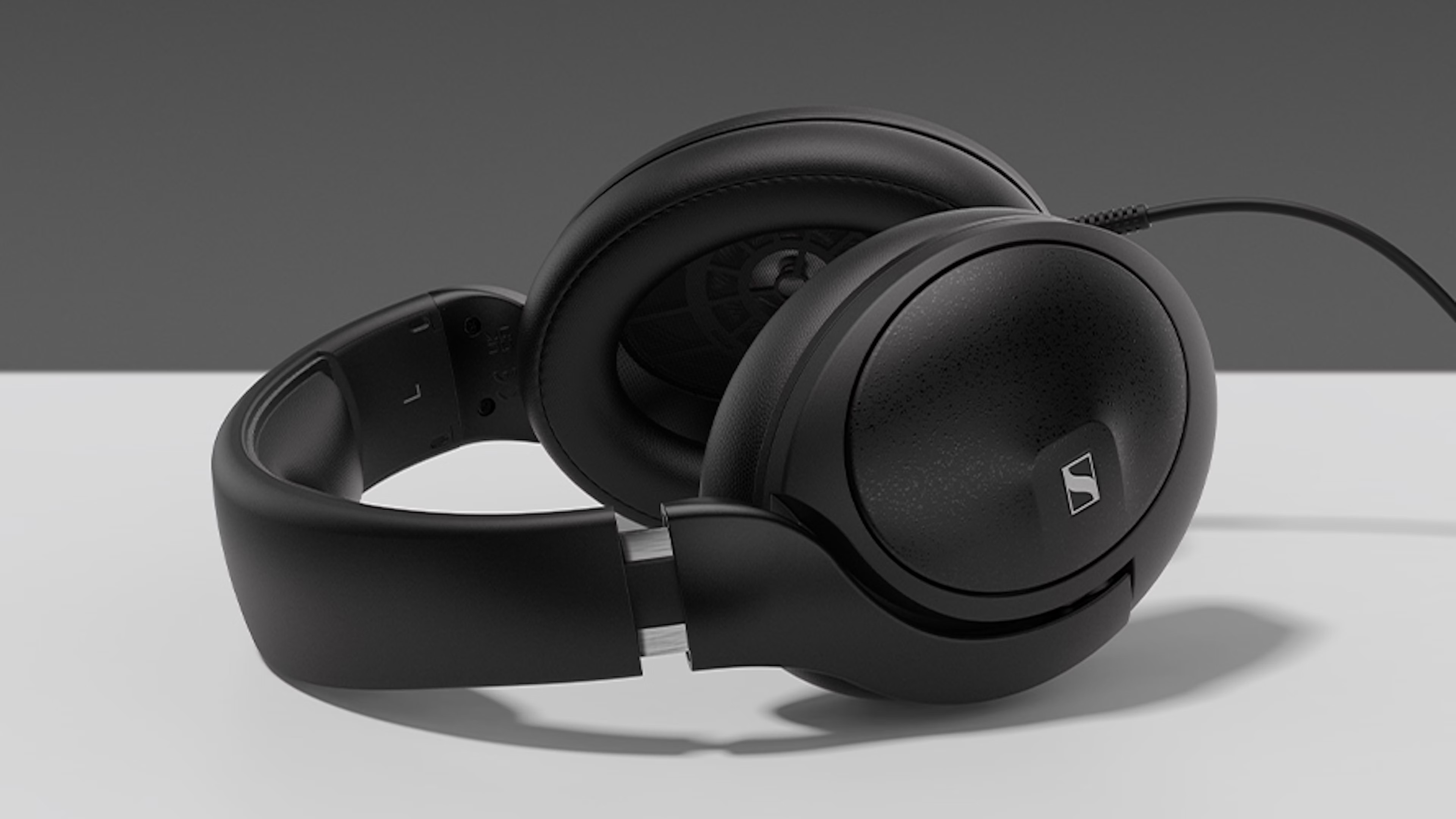
When is a closed-back pair of headphones not a closed-back pair of headphones? When it’s the Sennheiser HD 620S, the least closed-sounding pair of closed-back headphones this sort of money can currently buy.
-
+
Open and spacious sound by closed-back standards
-
+
Properly built and finished
-
+
Laid-back and informative
-
-
Not the most assertive listen
-
-
Fit won’t suit everyone
-
-
Doesn’t fold
Why you can trust T3

The sonic air and space of open-backed headphones, the lack of sonic leakiness of closed-back headphones. That’s an impossible dream, isn’t it?
Not according to Sennheiser. With the HD 620S, the company has introduced a closed-back design into what has, until now, been a range of open-backed headphones – and it’s done so with the express intention of offering all the sonic virtues of an open-backed configuration combined with the self-contained nature of the closed-back alternative.
Impossible? Let’s find out by virtue of this this Sennheiser HD 620S review.
Sennheiser HD 620S: Price & Availability
The Sennheiser HD 620S are on sale now, and in the United Kingdom they cost £299 per pair. In the United States they’ll set you back $349, while in Australia they go for AU$599.
There're quite a few options where the best wired over-ear headphones at this sort of money are concerned, of course. FiiO’s planar magnetic FT5 spring to mind, as do quite a few pairs of Grado over-ears. But these are all open-backed designs, and closed-back options are rather thinner on the ground…
Sennheiser HD 620S review: Features & What's New?
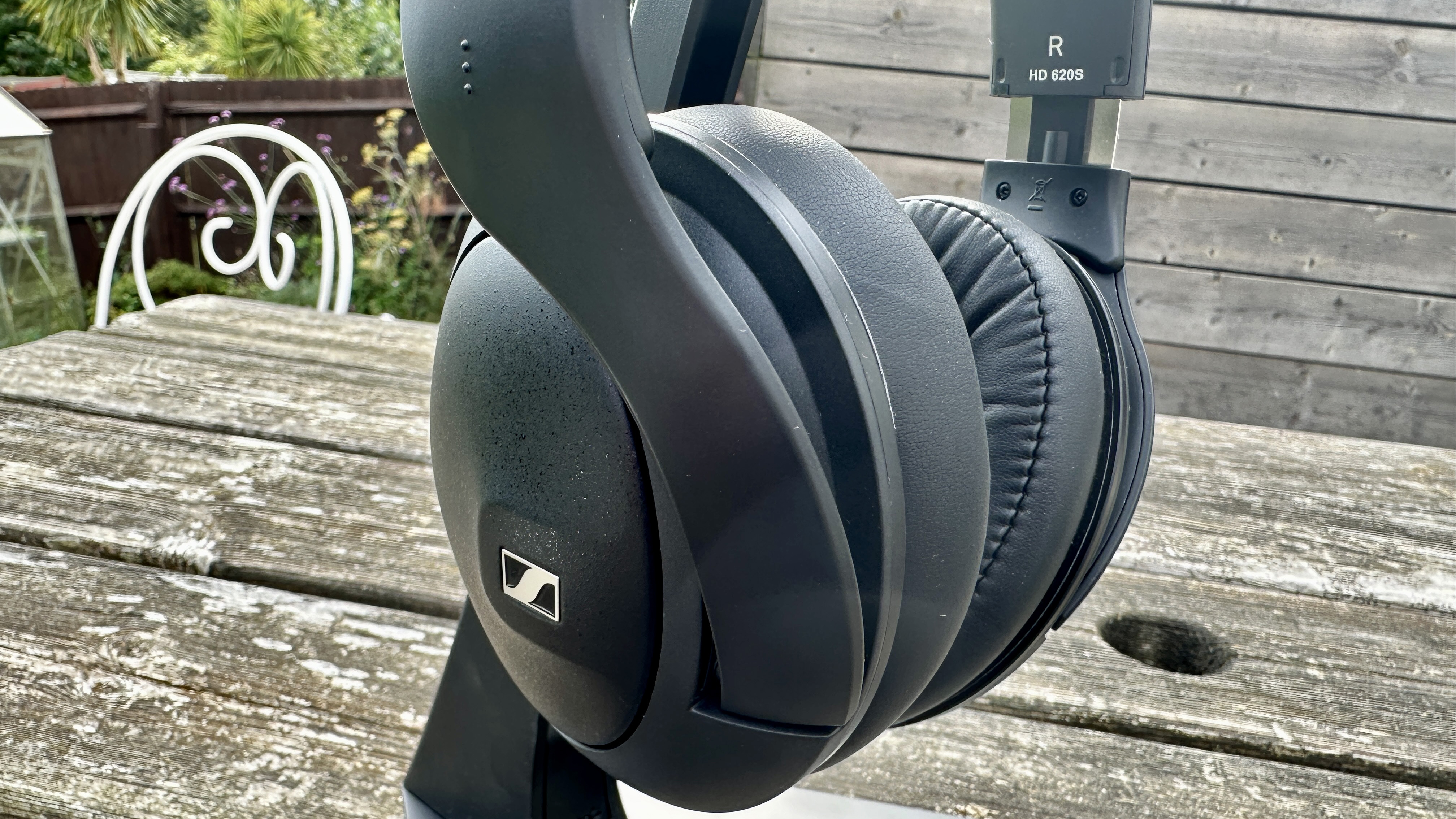
Apart from the fact that the HD 620S are closed-back headphones when the Sennheiser HD 600 range has been made up of open-backed headphones since before the turn of the century, there’s very little to report in the ‘what’s new’ category. As will become all too obvious in the ‘design’ section of this review, Sennheiser isn’t interested in breaking new ground but would rather make the best of existing ground.
And so there’s not a lot to report where ‘features’ are concerned, either – not even an in-line remote and/or mic on the headphones’ cable. About the only feature worth discussing is the 42mm full-range dynamic drivers the HD 620S use to deliver sound to your ears.
Each driver is backed by an ultra-light aluminium voice coil, and each sits in an angled baffle that’s designed to optimise airflow and create that spacious, airy presentation that’s so prized in open-backed headphones. Sennheiser reckons these drivers are good for a frequency response of 6Hz-30kHz – which equates to ‘ocean-floor depth’ to ‘beyond audible’ highs.
Sennheiser HD 620S review: Performance

If Sennheiser’s ambitions for the HD 620S began and ended with “closed-back headphones that sound like they might be open-backed” then congratulations are in order. There’s an openness, an airiness and a spaciousness to the HD 620S presentation that’s more than a little reminiscent of an open-backed configuration and not all that much like the more immediate, more direct and more confined closed-back alternative.
But it takes more than a big and airy sound to make a great of the best headphones, of course – and so it’s nice to be able to report that the Sennheiser has a fair bit more to recommend too. No matter how complex or multi-faceted the recording you’re listening to, the HD 620S can extract and contextualise a huge amount of detail both broad and fine. They’re alert to the most fleeting occurrences in a recording, and can lay it out in its entirety without sounding the least bit analytical about it. Music just flows in a nice natural manner, and the attention to detail is never at the expense of the bigger picture.
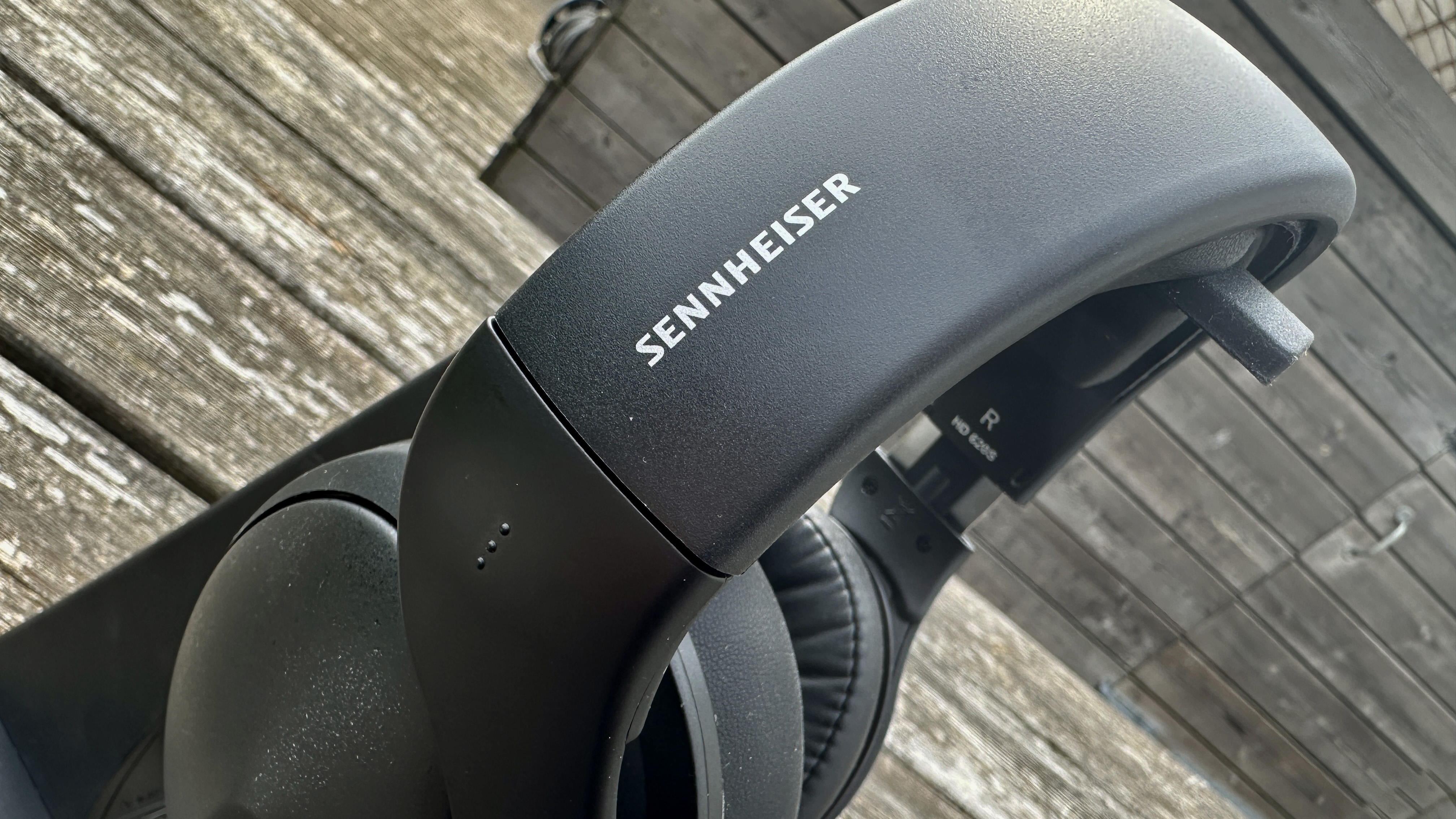
Rhythmic expression is good, thanks to considerable low-frequency control and grip, and there’s a fair amount of bite and shine at the opposite end of the frequency range. But it’s the midrange that’s the most obvious beneficiary of the wide-open nature of the Sennheisers’ sound – it’s revealing and communicative with singers, able to tease out the nuance of a vocal performance and allow it plenty of room in which to express itself. Soundstaging is (at the risk of labouring the point) spacious and airy, but well-defined at the same time – there’s a unity and singularity about the way the HD 620S deliver a recording that’s by no means a given at any price or with any particular configuration.
The HD 620S don’t quite hold a nap hand, though. Their laid-back and easy-going approach is all well and good until they encounter some material that requires significant dynamic impetus – then they’re found wanting when it comes to the biggest shifts in intensity and/or volume. They’re not the punchiest listen you ever heard, either – ‘polite’ is only a positive trait up to a point, of course, and when an impolite level of drive and attack is required (especially at the bottom of the frequency range) the HD 620S would rather remain inoffensive.
Sennheiser HD 620S review: Design & Usability
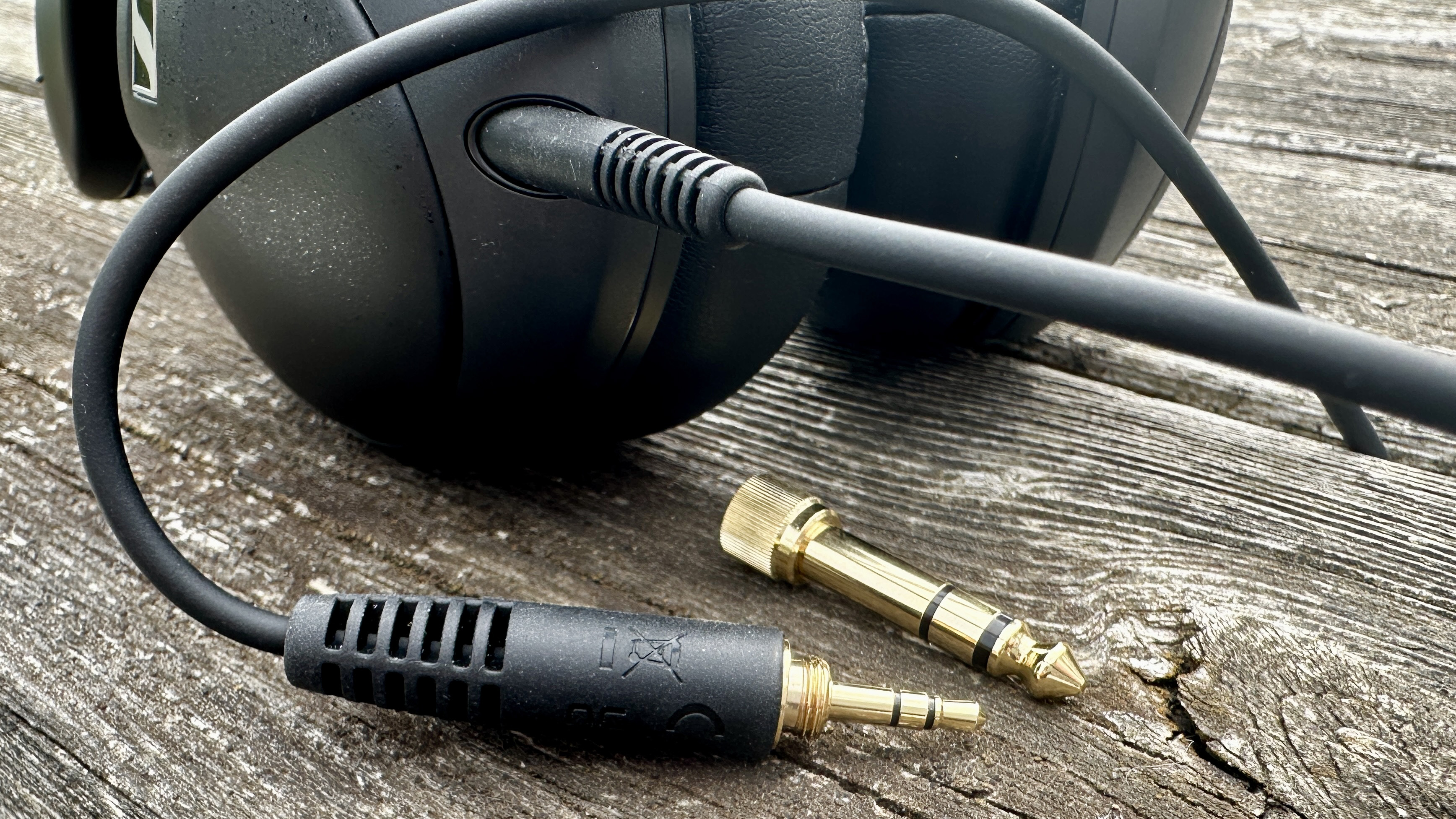
Let’s go with ‘functional’, shall we? Lord knows it’s difficult (and not especially advisable) to mess with the design of over-ear headphones – but the Sennheiser HD 620S appear to have been constructed much more than they have been designed.
There’s nothing remotely showy or even interesting about the appearance of these headphones, and the fact that they don’t fold flat means their unremarkable appearance can’t be minimised for portability. Still, at 350g they’re hardly a burden to carry – or to wear, for that matter.
As far as build quality is concerned, though, the HD 620S need no excuses making for them. They’re mostly plastic (with some metal reinforcement in appropriate areas), and the textured finish on the back of the earcups is reminiscent of the ‘washi’ effect so beloved of Final Audio.
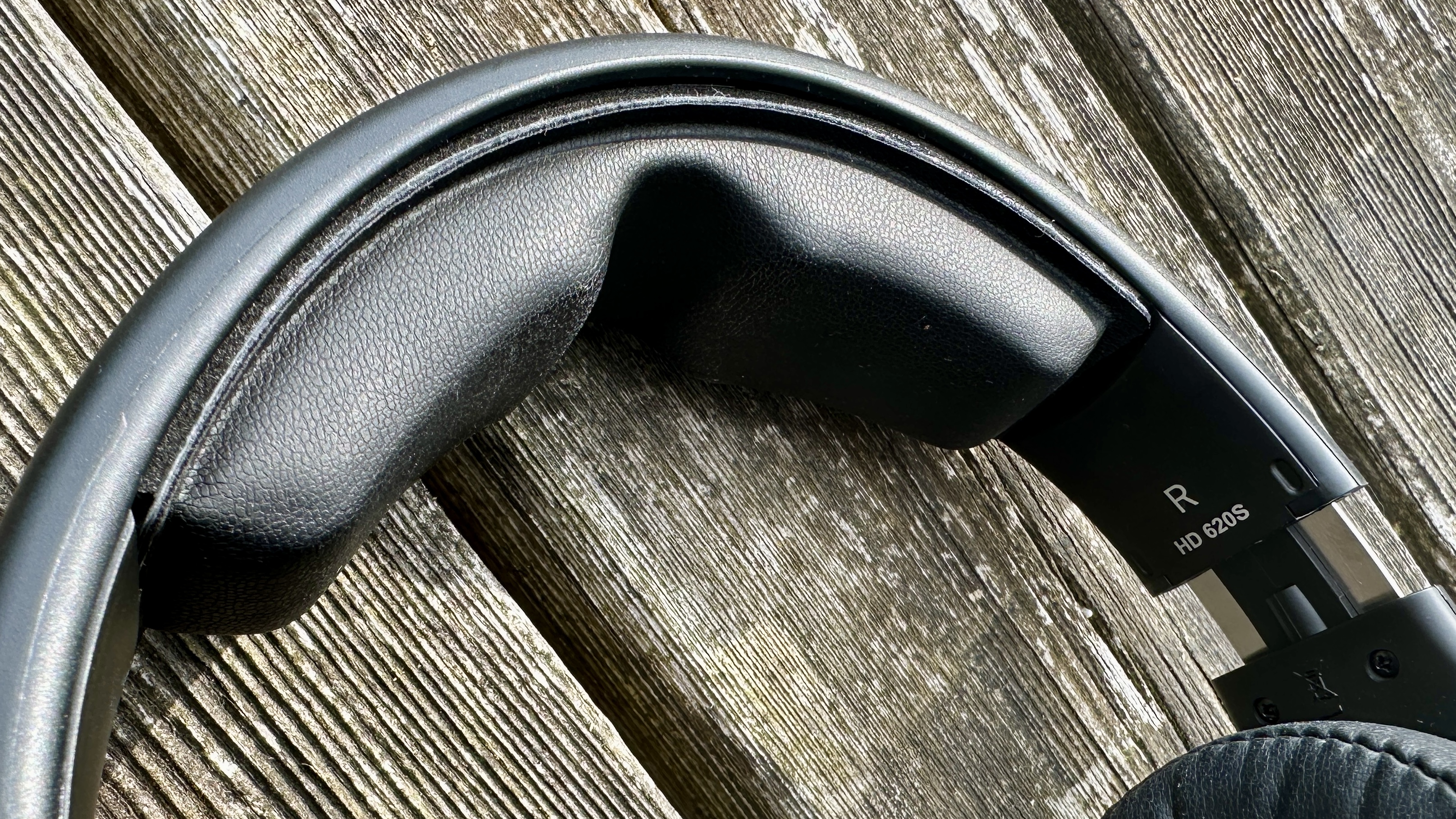
The pleather-covered memory foam of the earpads is generous, and there’s a fair amount on the inner headband too – it’s split in that ‘fontanella’ manner Sennheiser is so fond of. Clamping force is on the assertive side of neutral, but not fatally so, and the hanger arrangement allows the HD 620S to stay comfortable for a good while – as long as your head isn’t wide enough to feel the clamping pressure too quickly, anyhow.
As far as inability is concerned, well, these are wired headphones – there’s really not much to explain. The supplied cable is 1.8m long, and it does the twist-and-lock thing into the left earcup – it’s terminated with a 3.5m jack and there’s a 6.3mm adapter included. An alternative cable with a balanced 4.4mm termination could well be available by the time you read this review – if it isn’t, it will be along any moment now.
Sennheiser HD 620S review: Verdict

As a package, the Sennheiser HD 620S are currently number one in a field of one. If you want to enjoy the benefits of a pair of open-backed headphones while in company, no other pair of closed-back headphones can do such a convincing impression.
There are trade-offs where dynamism and immediacy are concerned, sure – but it’s hard to think of a pair of headphones at this sort of money that don’t demand some degree of compromise. And no other audio-maker is doing what Sennheiser has achieved here.
Also consider
As already mentioned, the best wired over-ear headphones at this sort of money tend to be open-backed designs – so they’re not really a like-for-like comparison, because using a pair of open-backed headphones in public is the sort of profoundly anti-social act I can’t encourage.
But if you’re going to be wearing them in private, then it’s well worth considering FiiO’s planar magnetic FT5 because they sound excellent – but on the downside, they’re not for the smaller-headed.
The Beyerdynamic DT900 Pro X are well worth your attention too, especially if you’re after a pair of headphones that are good for monitoring as well as for simply listening.
Get all the latest news, reviews, deals and buying guides on gorgeous tech, home and active products from the T3 experts
Simon Lucas is a freelance technology journalist and consultant, with particular emphasis on the audio/video aspects of home entertainment. Before embracing the carefree life of the freelancer, he was editor of What Hi-Fi? magazine and website – since then, he's written for titles such as Wired, Metro, the Guardian and Stuff, among many others. Should he find himself with a spare moment, Simon likes nothing more than publishing and then quickly deleting tweets about the state of the nation (in general), the state of Aston Villa (in particular) and the state of his partner's cat.
